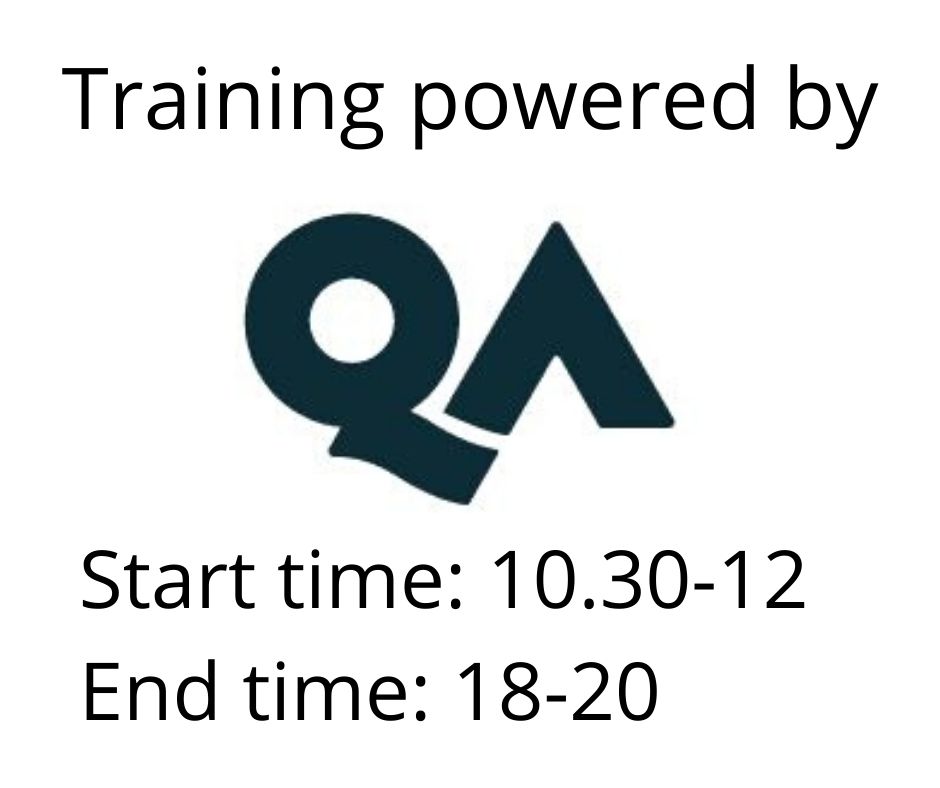CompTIA Linux+ (XK0-005)
Koulutusmuoto
Remote
Kesto
5 päivää
Hinta
3352 €
Audience
- Linux Administrator
- Junior Cloud Engineer
- Junior DevOps Support Engineer
- Technical Support Specialist
- Systems Administrator
- Network Administrator
- Web Administrator/ Developer
- Cybersecurity Engineer
- Linux Engineer
Certification
This course will prepare you for the Comptia Linux + (XKO-005) exam. Please note the exam is not included in this course but is available seperately. Please call for further information.
System Management Configure and manage software, storage and process and services Security Understand best practices for permissions and authentication, firewalls, and file management Scripting, Containers & Automation Create simple shell scripts and execute basic BASH scripts, version control using Git, and orchestration processes Troubleshooting Analyze system properties and processes and troubleshoot user, application and hardware issues
Comptia A+ and Comptia Network + level knowledge (possession of the certifications themselves is not a mandatory pre-requisite).
- Prepare for Install
- Installing Linux
- Basic Linux Tasks
- Linux Design Philosophy
- CLI and The Shell
- Bash Commands
- Entering Shell Commands
- Man Pages
- Other Help Resources
- Accessing Help in Linux
- Users and Groups
- Superuser
- Assuming Superuser Privileges
- Create, Modify, and Delete Users
- Creating, Modifying, and Deleting Users
- Create, Modify, and Delete Groups
- Creating, Modifying, and Deleting Groups
- Query Users and Groups
- Querying Users and Groups
- Account Profiles
- Configuring Account Profiles
- Permissions and Ownership
- File and Directory Permissions
- Modifying File and Directory Permissions
- File and Directory Ownership
- Modifying File and Directory Ownership
- Special Permissions and Attributes
- Permissions and Sticky Bits
- Troubleshooting Permissions Issues
- Storage
- Partitions
- Creating Partitions
- Logical Volumes
- Performing the Installation
- Managing Logical Volumes
- Mounting File Systems
- File System Mounting
- Managing File Systems
- File System Management
- Linux Directory Structure
- Navigating Directorie
- Troubleshooting Storage Issues
- Storage Usage and Quotas
- Files and Directories
- Create and Edit Text Files
- Creating and Editing Text Files
- Search for Files
- Searching for Files
- Perform Operations
- Performing Operations
- Process Text Files
- Processing Text Files
- Manipulate File Output
- Manipulating File Output
- Kernel Modules
- The Linux Kernel
- Exploring the Kernel
- Kernel Modules
- Installing and Configuring Kernel Modules
- Monitor Kernel Modules
- Monitoring Kernel Modules
- The Linux Boot Process
- Linux Boot Components
- Identifying Boot Components
- GRUB 2
- Configuring GRUB 2s
- System Components
- Localization Options
- Configuring Localization
- Graphical User Interface
- Configuring GUIs
- Services
- Managing Services
- Process Issues
- Troubleshooting Processes
- CPU and Memory Issues
- Troubleshooting CPU and Memory Issues
- Devices
- Linux Devices
- Configure Devices
- Configuring Devices
- Monitor Devices
- Monitoring Devices
- Troubleshooting Hardware Issues
Hinta 3352 € +alv
